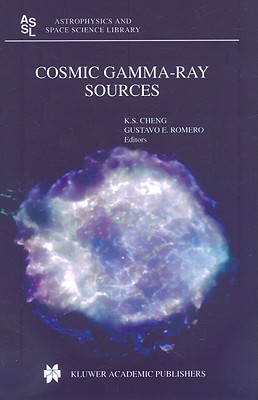
Cosmic Gamma-Ray Sources (Astrophysics and Space Science Library #304)
Description
Gamma-ray astronomy has undergone an enormous progress in the last 15 years. The success of satellite experiments like NASA's Comp- ton Gamma-Ray Observatory and ESA's INTEGRAL mission, as well as of ground-based instruments have open new views into the high-energy Universe. Different classes of cosmic gamma-ray sources have been now detected at different energies, in addition to young radio pulsars and gamma-ray bursts, the classical ones. The new sources include radio- quiet pulsars, microquasars, supernova remnants, starburst galaxies, ra- dio galaxies, flat-spectrum radio quasars, and BL Lacertae objects. A large number of unidentified sources strongly suggests that this brief enumeration is far from complete. Gamma-ray bursts are now estab- lished as extragalactic sources with tremendous energy output. There is accumulating evidence supporting the idea that massive stars and star forming regions can accelerate charged particles up to relativistic ener- gies making them gamma-ray sources. Gamma-ray astronomy has also proved to be a powerful tool for cosmology imposing constraints to the background photon fields that can absorb the gamma-ray flux from dis- tant sources. All this has profound implications for our current ideas about how particles are accelerated and transported in both the local and distant U niverse. The evolution of our knowledge on the gamma-ray sky has been so fast that is not easy for the non-specialist scientist and the graduate student to be aware of the full potential of this field or to grasp the fundamentals of a given topic in order to attempt some original contribution.




